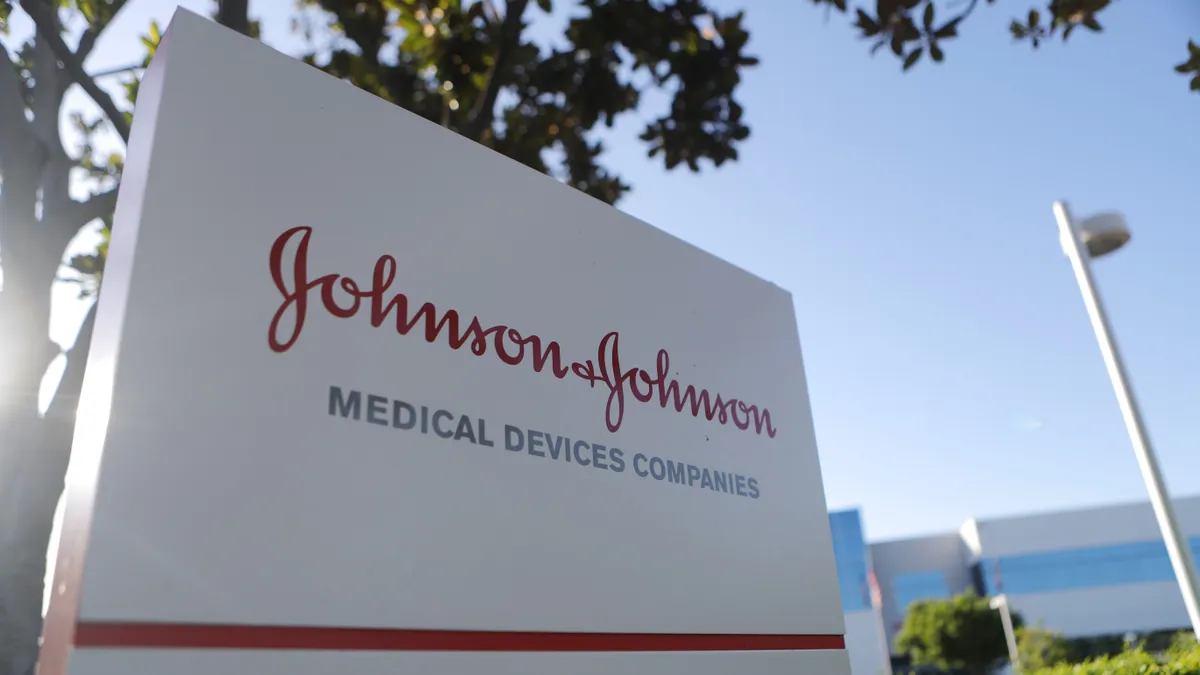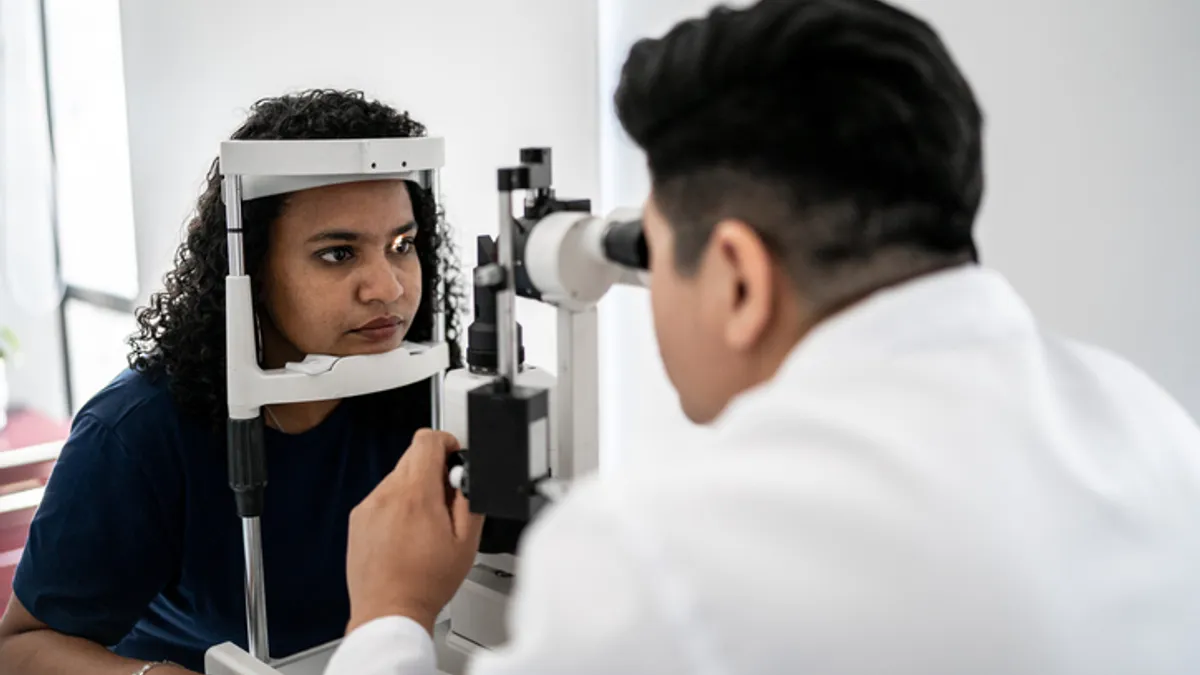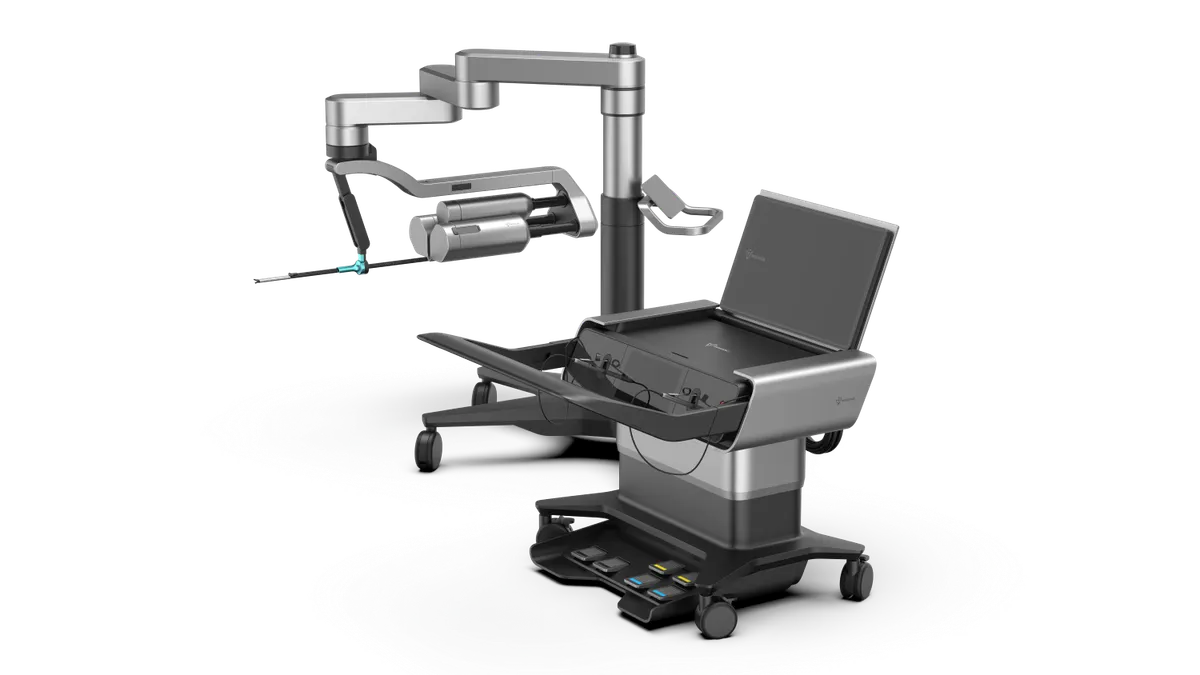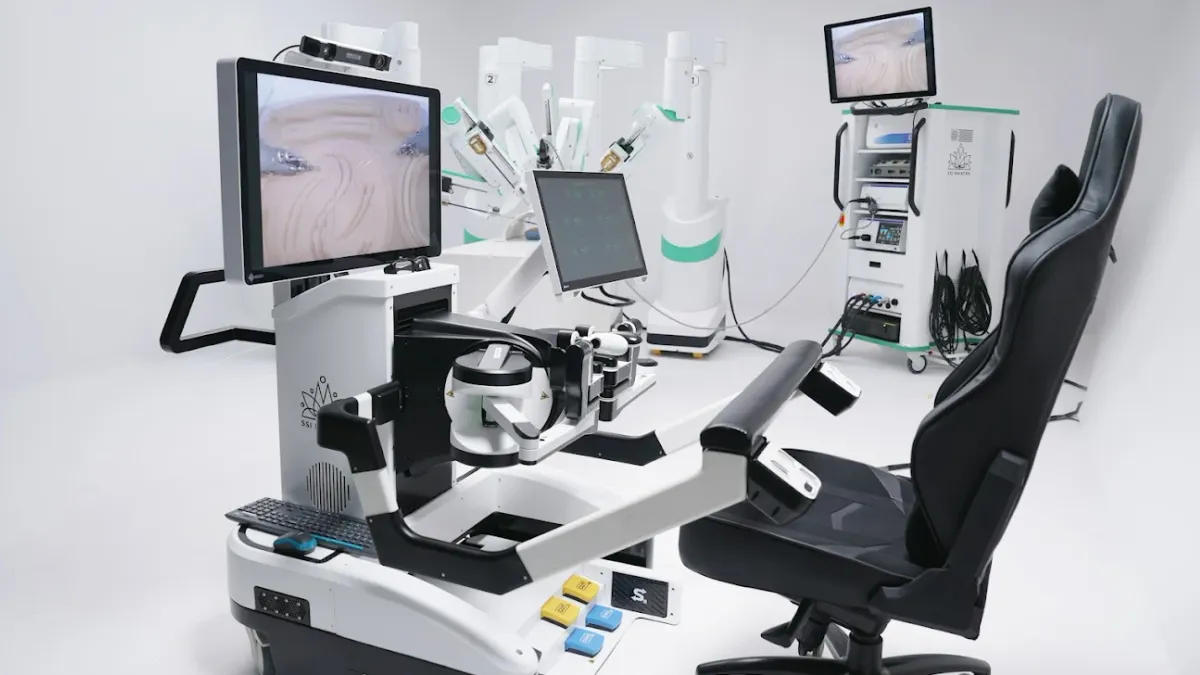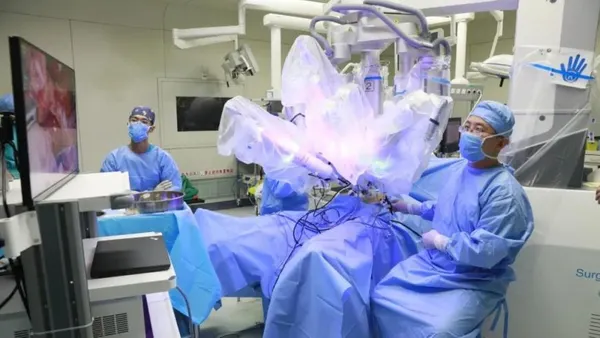Going into 2020, an FDA official suggested a nine-fold drop in warning letters sent by the Center for Devices and Radiological Health in recent years would begin to turn around.
But a little more than two months into 2020, the coronavirus pandemic prompted FDA to freeze most inspections for roughly a four-month stretch, removing a key avenue for identifying quality system violations. The agency only restarted some of those on-site visits within the U.S. at the end of July.
This disruption to operations, like so many caused by the pandemic, makes it difficult to assess whether the agency is following through on its intent. And even without a dry period for the surveillance activities that provide fodder for warning letters, there’s typically a lag between the FDA sending a warning letter and its publication on the agency’s database.
“If you think about March until July — we're going to see a lower number of warning letters six months from now,” said Stephanie Philbin, partner at law firm Goodwin, at least for warning letters not related to coronavirus.
By this point in 2019, CDRH had issued 10 device warning letters for the year, although they had not all been made public by the agency yet. As of Wednesday morning, since the start of 2020 FDA has publicly posted 19 device warning letters, nearly half of which flagged adulterated and misbranded products related to COVID-19. In other words, typical warning letters are running roughly in line with last year's rate at this time.
Ultimately, a year-over-year comparison will likely be inflated by the growing list of products FDA has flagged for misbranding related to COVID-19, obviously new this year. In June, FDA went after a handful of sellers marketing COVID-19 antibody tests without the agency's consent. The same phenomenon occurred in 2011 during the H1N1 swine flu outbreak, noted Dennis Gucciardo, partner at law firm Morgan Lewis.
In parts of the country deemed safe for resuming inspections under criteria outlined by FDA last month, first up on the agency's agenda will likely be pre-approval inspections holding up premarket approval submissions for months. Although the agency has gotten creative with virtual surveillance tactics while inspectors have been sidelined, there's no substitute for the on-site visits required to ultimately obtain marketing authorization.
And Gucciardo doesn't see that changing. “I just don't see the time or place where a manufacturing representative is going to put on a Zoom call and go walk around the manufacturing space. I just don't see that as a realistic possibility."
Given how eager companies are to move device submissions through the regulatory pipeline, it's unlikely that a pre-approval inspection ever elicits a warning letter. “They’ll be properly planned for them and they’ll ensure, to the extent that they can, that their systems are ready to go," Gucciardo said.
It's not clear exactly how big that backlog pre-approval inspection might be. So far, the 20 original PMAs awarded in 2020 tracks almost exactly with the 21 doled out by this time last year.
Echoing comments made to MedTech Dive at the start of the year, an FDA spokesperson said the agency's "past experience is that device quality did not necessarily improve in response to FDA issuing more warning letters," and that it therefore uses "a variety of tools to engage industry."
Those tools include holding regulatory meetings, or sending untitled letters to notify firms of violations and request follow-up, the agency said in its statement. "These activities, along with variations in manufacturing practices and industry compliance with FDA requirements from year-to-year, impact the type and number of actions taken to address unresolved problems on an annual basis."
But overall, those fluctuations, which a number of sources noted can also be traced to changes to who is in the White House, can actually be a challenge for industry.
“I think sometimes we think of decrease in enforcement as being good for business. But I would actually say that consistency is the most important for business. Understanding what expectations are and having those expectations remain consistent is probably more important overall for the vast majority of businesses than having enforcement be a low priority," said Yarmela Pavlovic, partner at law firm Manatt.
"If there are no enforcement actions, it can be challenging to interpret what the agency's current thinking is on the application of specific rules to certain types of contexts. So, if you just don't have any precedents to work from. It's harder to have a sense of whether your company is engaging in best practices," she added.
This story has been updated to reflect new CDRH warning letters added to FDA's database on Wednesday morning.







